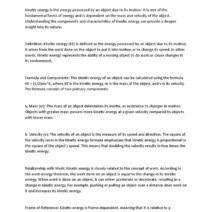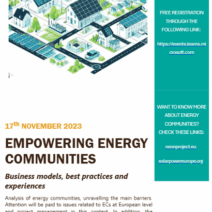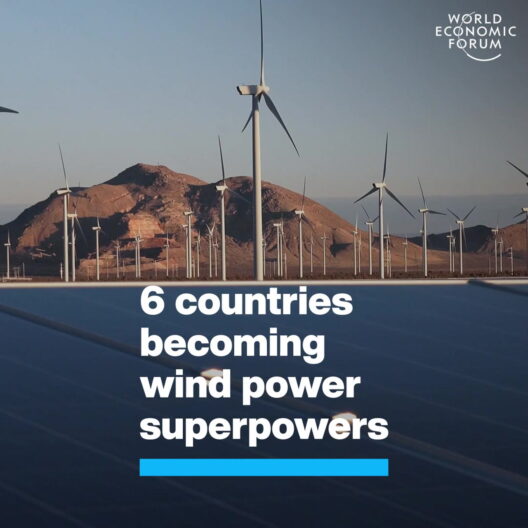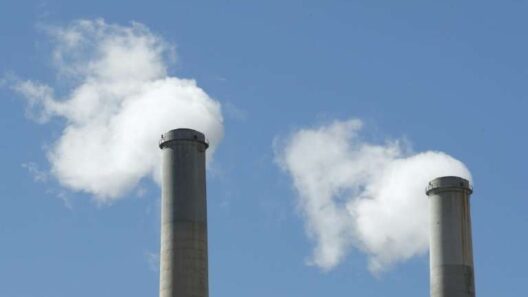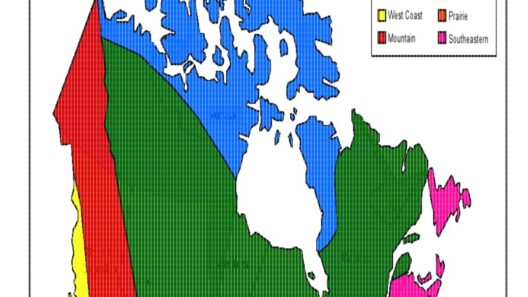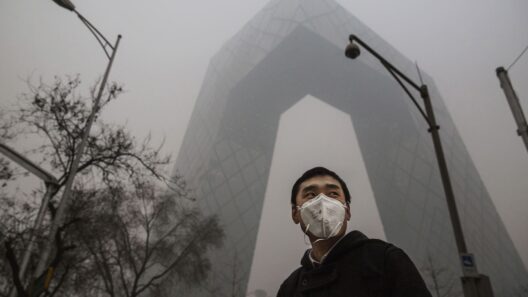The phenomenon of climate change poses an existential challenge, reverberating not only through natural systems but also through the intricate web of human societies. As we assess the implications of an ever-warming planet, it becomes apparent that our future will be indelibly shaped by the actions we take today. Broadly, climate change signifies significant alterations in global weather patterns, ocean currents, and ecosystem dynamics largely attributed to anthropogenic influences such as the burning of fossil fuels and deforestation. The ramifications are startlingly profound and will certainly influence not just the environment but human civilization itself.
Understanding the multifaceted implications of climate change becomes imperative, especially when considering the diverse scenarios it presents for our collective future.
The Melting of Ice: A Wake-Up Call
One of the most palpable effects of climate change is the accelerated loss of polar ice and glaciers. The Arctic, often portrayed as a barometer for global change, is warming at an alarming rate—approximately twice as fast as the global average. This is not a distant problem; as polar ice melts, it engenders a series of domino effects that can alter weather patterns globally. The influx of freshwater from melting ice can disrupt ocean currents, leading to climatic anomalies far from the polar regions.
Moreover, the consequent rise in sea levels presents a grave threat to coastal cities. Areas that once flourished by the ocean’s edge may face inundation, displacing millions and ushering in waves of climate refugees. Nations such as Bangladesh and island nations in the South Pacific showcase the frontline battles resulting from this rise, where communities are already grappling with existential displacement. Such scenarios compel us to rethink urban planning, infrastructure, and global cooperation in mitigating these profound challenges.
Thus, in terms of human and environmental coexistence, the melting ice caps serve as both a harbinger of impending crises and a potent call to action.
Weather Extremes: A New Norm
Climate change is also synonymous with an increase in the frequency and intensity of extreme weather events. From devastating hurricanes in America to anomalous rainfall in Europe and heatwaves in South Asia, the intensity of weather phenomena has escalated demonstrably. Weather extremes create an unpredictable landscape for agriculture, impacting food security on a global scale. As crops fail or harvests become increasingly erratic, the specter of famine looms larger than ever.
Additionally, these severe weather patterns bear ecological repercussions. Ecosystems may struggle to adapt to sudden shifts, resulting in biodiversity loss that could undermine entire food chains. The precarious balance of nature could be tipped, fostering conditions that allow invasive species to thrive while native species succumb to heightened competition and changing habitats.
Societal inequities are magnified in the face of these climate-related stresses. Vulnerable populations, often in developing regions, bear the brunt of climate impacts due to their limited resources for adaptation and recovery. The intersection between weather extremes and social justice raises critical questions about equity, governance, and sustainable development. Inevitably, this necessitates robust policy frameworks and comprehensive preparedness strategies that encompass all sectors of society.
Innovations for Sustainability: A Ray of Hope
While the challenges posed by climate change are daunting, they also serve as a catalyst for innovation and resilience. The transition towards sustainable practices offers a beacon of hope. Institutions, governments, and individuals are increasingly adopting renewable energy sources, like solar and wind, as viable alternatives to fossil fuels.
Advancements in technology, particularly in carbon capture and storage, offer innovative pathways for mitigating emissions. Green architecture is on the rise, with buildings designed not only for their functionality but also for their minimal environmental footprints. Agriculture is evolving as well; sustainable farming practices and genetically modified organisms (GMOs) promise to enhance food security while minimizing ecological harm.
However, these innovations are not solely technical. Every individual has a role to play in this complex equation. Awareness and education campaigns enable a grassroots movement for change, engaging communities in environmentally friendly practices. From reducing single-use plastics to adopting zero-waste lifestyles, small actions converge to form a larger tapestry of collective impact.
Ultimately, the challenge of climate change galvanizes us toward a future replete with opportunities for unprecedented collaboration and ingenuity.
In sum, assessing what climate change means for our future reveals a tapestry of intricate and interlinked perspectives—societal, ecological, and technological. While the obstacles are monumental, they illuminate the path toward a sustainable future, shaped by our actions, decisions, and collective will. Each scenario we face beckons a deeper inquiry into our relationship with the planet and reinforces the notion that mitigating climate change is not merely a necessity; it is an ethical imperative that transcends borders. The choices we make today will reverberate through the generations that follow, defining the world we leave behind. The question remains: will we seize this moment of transformative potential, or will we allow the momentum of change to carry us forward unexamined and unprepared?

